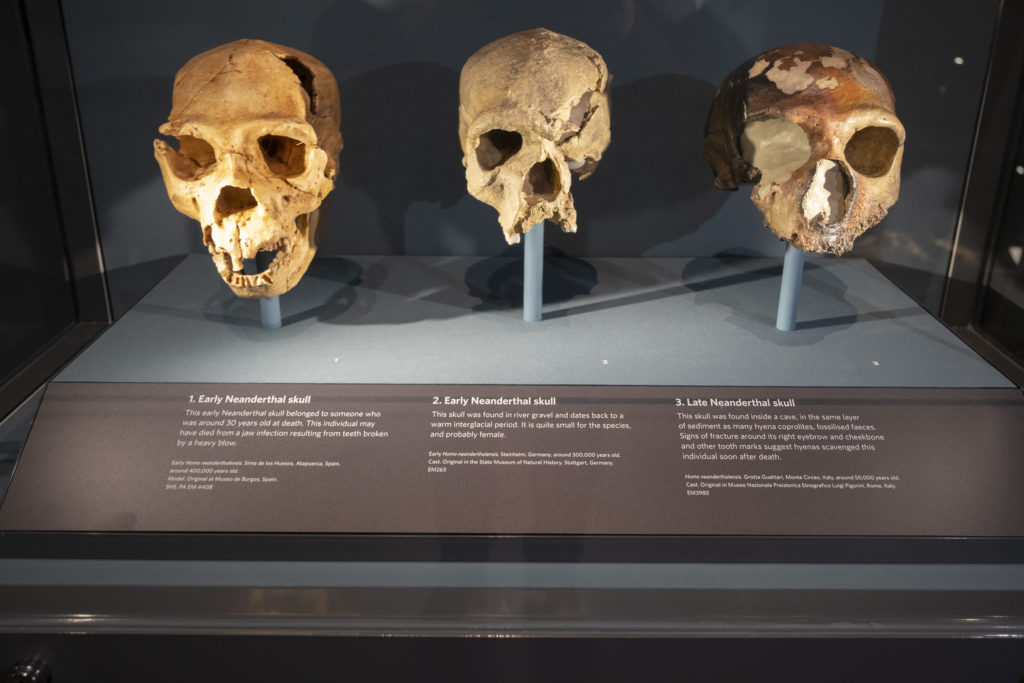
A Genetic Insight from History: Ancient Mutation Provides Contemporary HIV Defense
A revolutionary finding by scientists at the University of Copenhagen has tracked a significant genetic mutation safeguarding millions from HIV infection back almost 7,000 years to an individual residing near the Black Sea. This discovery, linking ancient human migration to current disease resistance, not only clarifies the origins of one of the most researched immune gene mutations—CCR5Δ32—but also paves the way for advancements in personalized medicine and immunology.
The Genetic Protector: CCR5Δ32
The CCR5Δ32 mutation represents a deletion of 32 base pairs within the CCR5 gene, responsible for coding a receptor on the surface of white blood cells. Typically, HIV utilizes this receptor as a means to enter and infect cells. Conversely, individuals with two copies of CCR5Δ32 (one from each parent) lack functional CCR5 receptors on their immune cells, making them virtually immune to HIV infection.
Approximately 10-16% of Northern Europeans possess at least one copy of the mutation, with an even higher prevalence in Denmark—up to 25%. While the mutation’s capacity to hinder HIV has been established for decades, its origins and evolutionary importance remained elusive—until now.
Discovering the Mutation’s Roots
A collaborative group led by Professor Simon Rasmussen implemented an AI-based method to examine genetic data from more than 900 ancient human skeletons, ranging from Mesolithic hunter-gatherers to Viking populations. They also juxtaposed this information with genome sequences from around 2,000 contemporary individuals.
Their findings, published in the distinguished journal Cell, indicated that the CCR5Δ32 mutation emerged in a single individual who lived between 6,700 and 9,000 years ago, in an area close to today’s Black Sea. The mutation experienced significant positive selection during the Neolithic and Bronze Age periods, quickly spreading throughout Europe.
Reasons for Its Widespread Existence
The University of Copenhagen researchers suggest that the mutation conferred a substantial survival benefit to early agricultural communities. As humans transitioned from nomadic hunter-gatherers to settled agricultural lifestyles, they began to live more closely together and with domesticated animals, creating new environmental conditions suitable for the spread of infectious diseases.
“Individuals with this mutation were more adept at surviving, likely because it moderated the immune system at a time when humans faced new pathogens,” explained postdoctoral researcher Leonardo Cobuccio, one of the study’s lead authors.
Intriguingly, this immune moderation may have aided in preventing dangerous immune system overreactions—conditions now recognized as cytokine storms, which are linked to severe outcomes in illnesses such as COVID-19.
The Unexpected Double-Edged Weapon
Despite the CCR5Δ32 mutation being primarily recognized for its protective qualities against HIV, it is anything but a straightforward mutation. The research uncovered that it is part of a larger genetic haplotype—a sequence of DNA passed down through generations—that comprises 84 distinct genetic variants.
Further investigation disclosed that while some of these associated variants may guard against specific diseases, others could increase the risk of:
– Autoimmune disorders, like multiple sclerosis or rheumatoid arthritis
– Cardiovascular issues
– Certain cancer types
– Neurological conditions including Alzheimer’s or Parkinson’s
– Reactions to viral infections such as COVID-19
This intricate dynamic implies that the selective benefit provided by CCR5Δ32 in earlier times may be accompanied by modern health trade-offs.
Consequences for HIV and Beyond
The CCR5 gene has been pivotal in various medical advancements. In 2009, the renowned “Berlin patient” became the first person cured of HIV via a bone marrow transplant from a donor possessing two copies of CCR5Δ32. Since then, gene-editing techniques like CRISPR have been utilized to mimic this natural immunity.
Nevertheless, the recent insights from the University of Copenhagen serve as a scientific warning: any therapeutic endeavor aiming to recreate CCR5Δ32 must consider the broader genetic landscape that encompasses this mutation. Altering CCR5 functionality without comprehending its interactions with adjacent genetic factors could lead to unforeseen repercussions.
A Look Ahead to Personalized Medicine
The discovery that an age-old inheritance provides modern protection emphasizes how evolutionary history influences immune functions today. As researchers decipher the intricate narrative of human genetic evolution, discoveries like those concerning CCR5Δ32 will shape not only approaches to HIV treatment but also our understanding of inflammation, infection, and immunity as a whole.
Professor Rasmussen poignantly reflects: “It’s nearly coincidental, and incredibly intriguing, that a genetic variation that emerged thousands of years ago also offers defense against a virus that didn’t even arise until the 20th century.”
In Conclusion
The narrative of CCR5Δ32 exemplifies how human evolution continues to profoundly influence medicine. As we explore our genetic ancestry, we not only shine a light on our ancestors’ journeys but also equip ourselves with essential tools to enhance health in contemporary society.